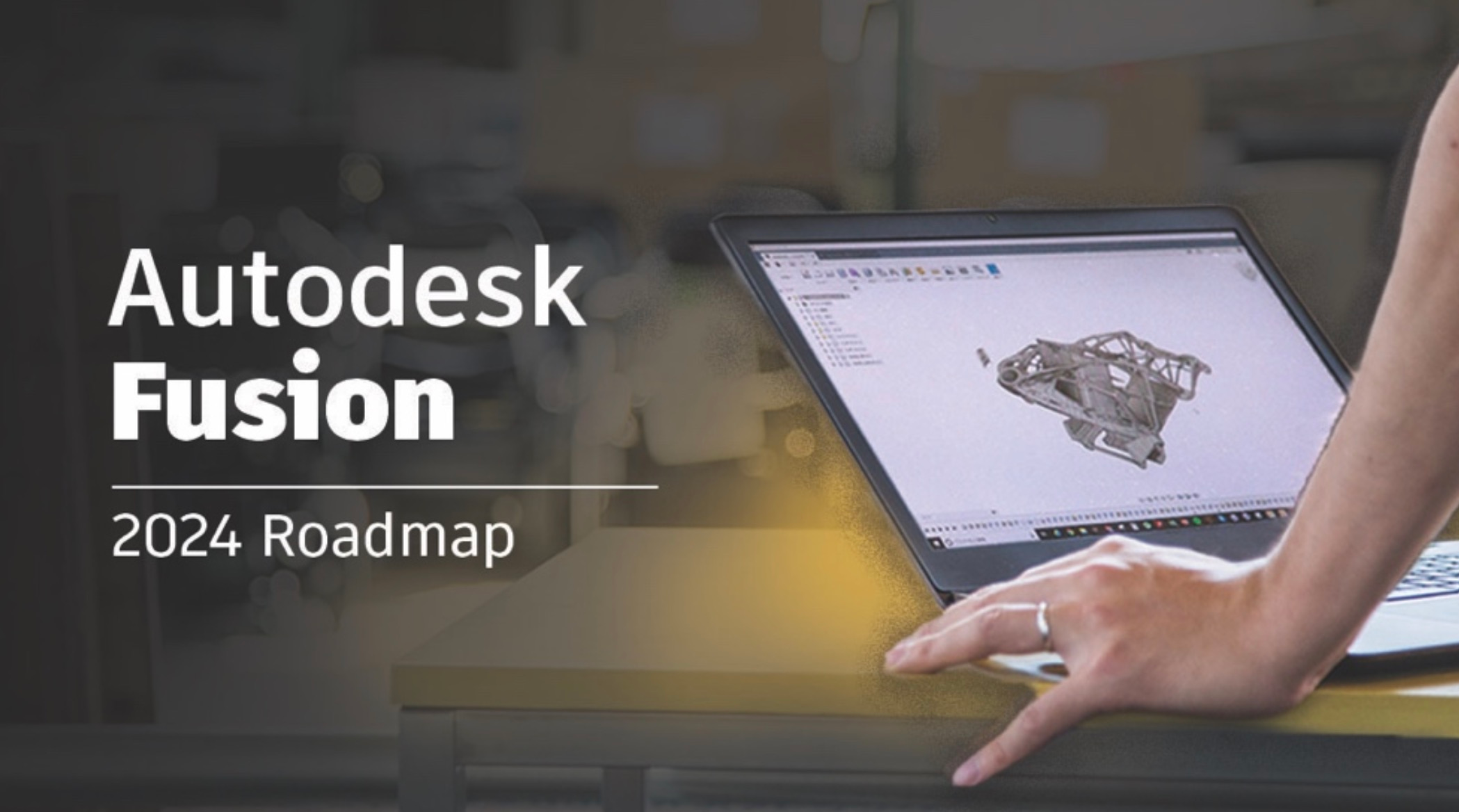
Bill of Materials management is a core data management and a foundation of every PLM system. It brings mechanisms to define data elements such as Items and Product Structure, allowing to control revisions and lifecycle. BOM management is usually a foundational part of every PLM software and it represents basics of technologies and user experience. BOM is a foundation of product data management and product lifecycle management functions and plays a key role in planning of raw materials, supply chain and supply chain management functions. It is equally needed in manufacturing and construction software. BOM is a foundation for other downstream functions such as cost management, quality management and others. BOM is a core element in the definition of engineering data. This is where digital thread begins. BOM downstream functions include creation of different BOMs such as engineering BOM, manufacturing BOM and used as a direct input into material requirements planning and foundation of manufacturing process.
In my article today, I want to share some of my thoughts after I learned about Fusion 2024 roadmap and Autodesk PLM system. Some of the information was captured from Autodesk articles and also captured at AU2023 PLM Summit.
BOM and PLM History at Autodesk
My attention was caught by Autodesk Fusion roadmap 2014 by Daniel Graham. Check this out. Autodesk is open about their Autodesk software product development strategy and provides a comprehensive list of directions and features about their Autodesk Fusion industrial cloud platform. The three important pillars of Autodesk Fusion development for 2024 are: (1) cloud data and collaboration; (2) Core capabilities; (3) AI and automation. The roadmap is impressive and provide a large and diverse list of Fusion360 enhancements. Among them, fasteners libraries, configurations, extended role-based model, electronics and AI for drawing creations. However, my special attention was caught by introduction of BOM for Fusion. Here is the passage:
Currently, Fusion workflows requiring BOM typically rely on the Autodesk App Store or Excel. With the criticality of creating a BOM, updating it based on design changes, and sharing this real-time info with stakeholders, we are working on a built-in BOM experience for our desktop client. The BOM will be shareable, viewable, and exportable all from our easily accessible web client. This feature is already available in our Insider Program, which you can join here.
The introduction of BOM system in Fusion360 is interesting because it indications of a new PLM system development at Autodesk.
I’m following Autodesk PLM development already for a few years. Autodesk PLM development was based on multiple internal developments, but mostly on acquisitions until now. Check my article – Why Autodesk is buying another PLM vendor. It was about Autodesk acquisition of Upchain in 2021. Read more in my recent article about Autodesk PLM development I captured at AU 2023 – AU2023: Autodesk PLM Summit and how Autodesk is planning to develop a new PLM system and How to navigate trough multiple Autodesk PDM and PLM systems. Earlier Autodesk acquired Datastay (2012) which because a foundation for PLM360 (later renamed to Fusion lifecycle and Autodesk Manage). Autodesk Vault was an acquisition of truEVault back in earliy 2000s.
How you can manage BOM using different Autodesk PLM systems
A few weeks ago, I attended Autodesk webinar about BOM management called – The first step to profitability: better BOM management. You can found recording of the webinar online. Here are a few interesting slides I captured.
Here is once central BOM in Upchain PDM/PLM.
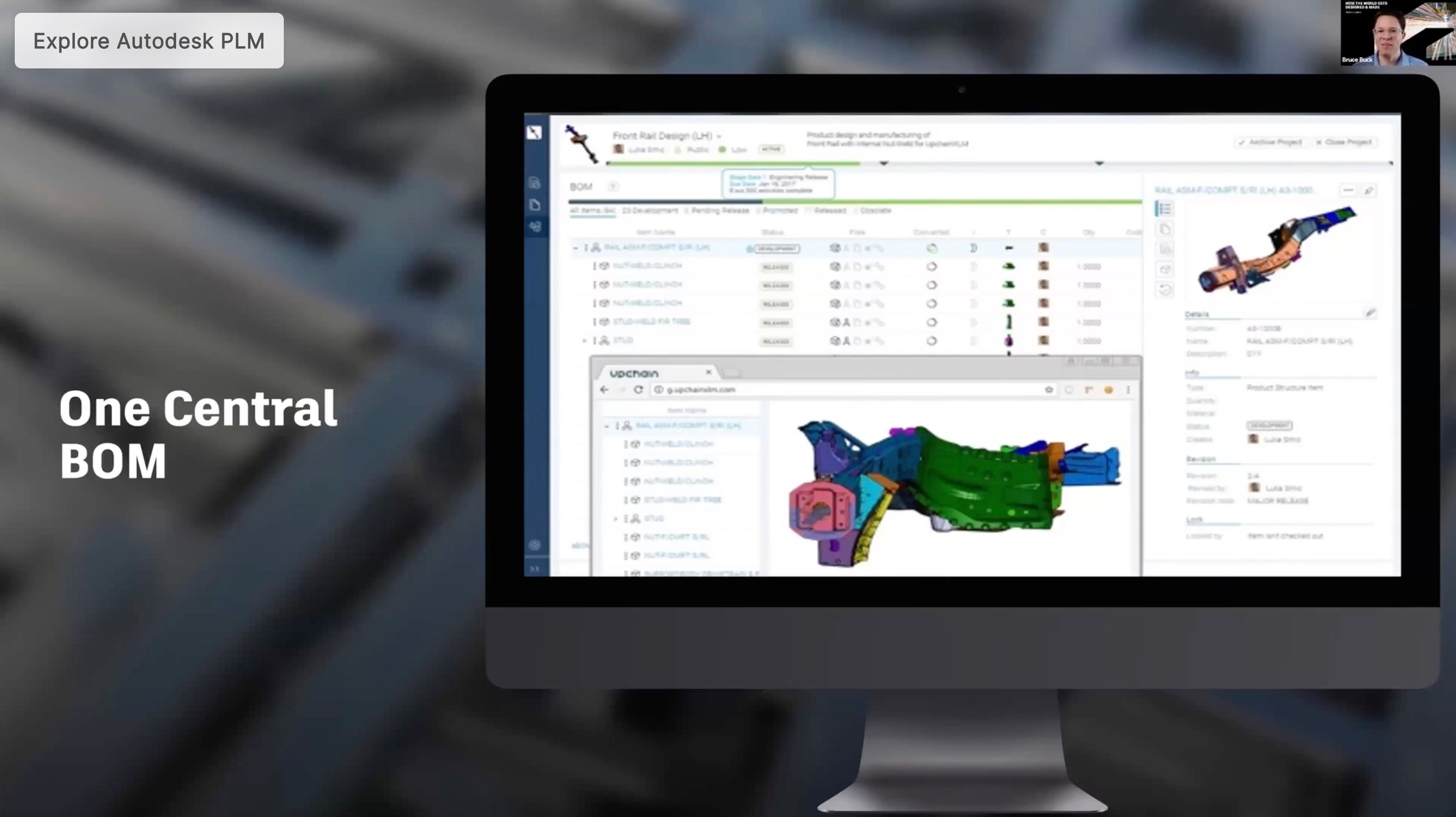
Here is another BOM in Autodesk Fusion Manage.
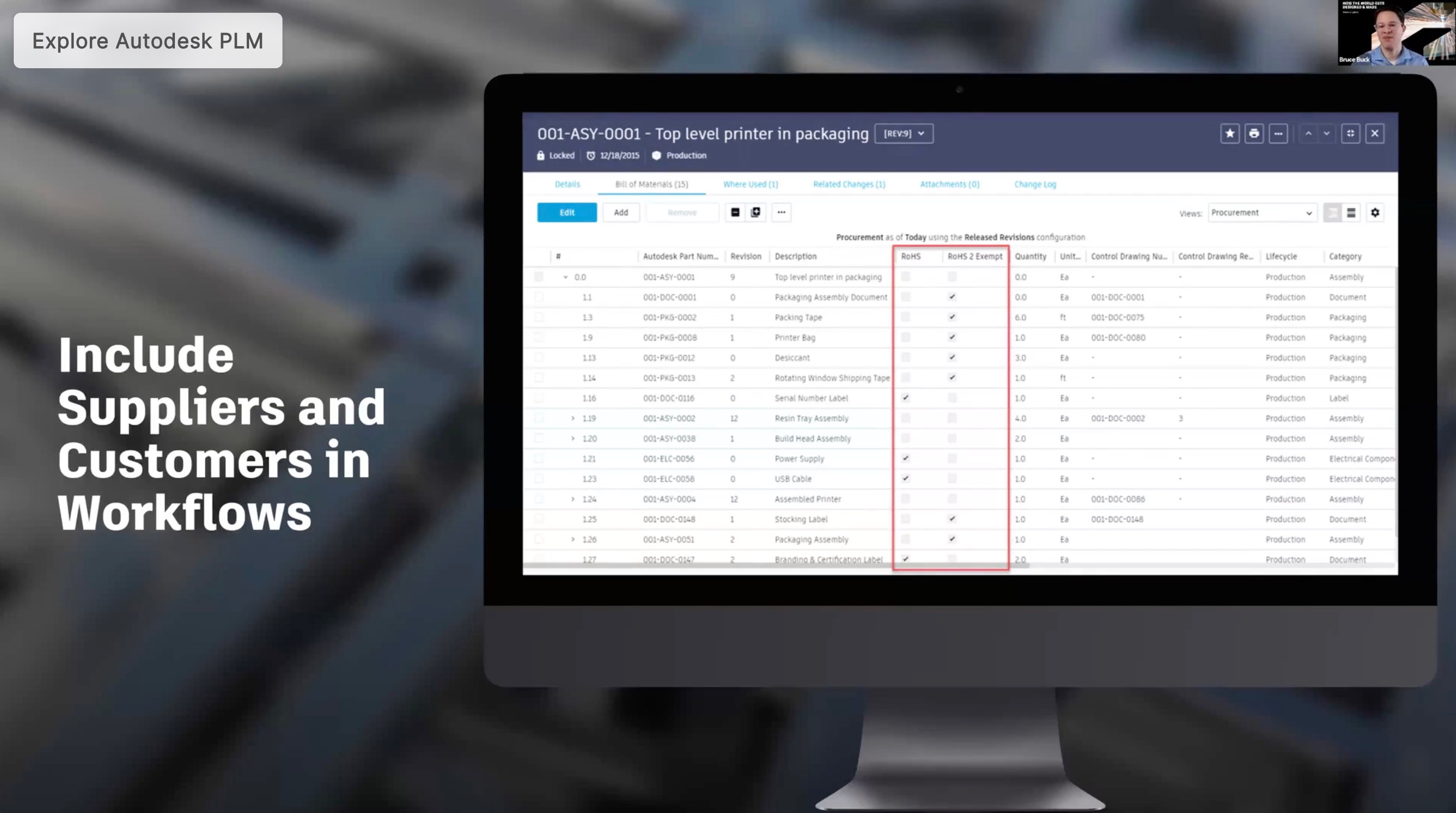
Autodesk Vault is also providing BOM management functions (check the video)
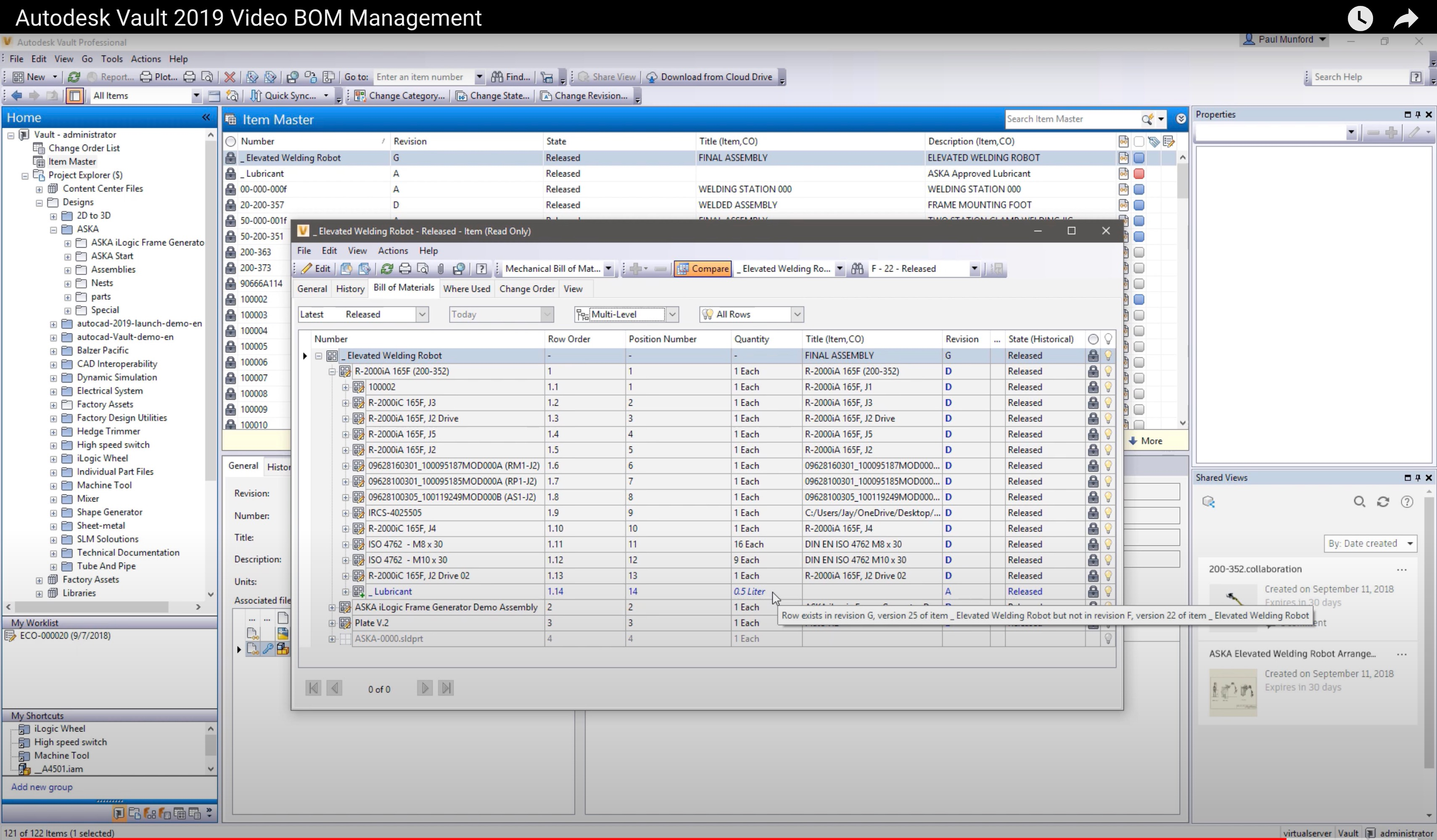
Here is how Autodesk PLM system landscape looks like. It is combined with 3 different systems – Vault, Upchain and Fusion 360 Manage. All these systems have different system architecture and BOM management systems.
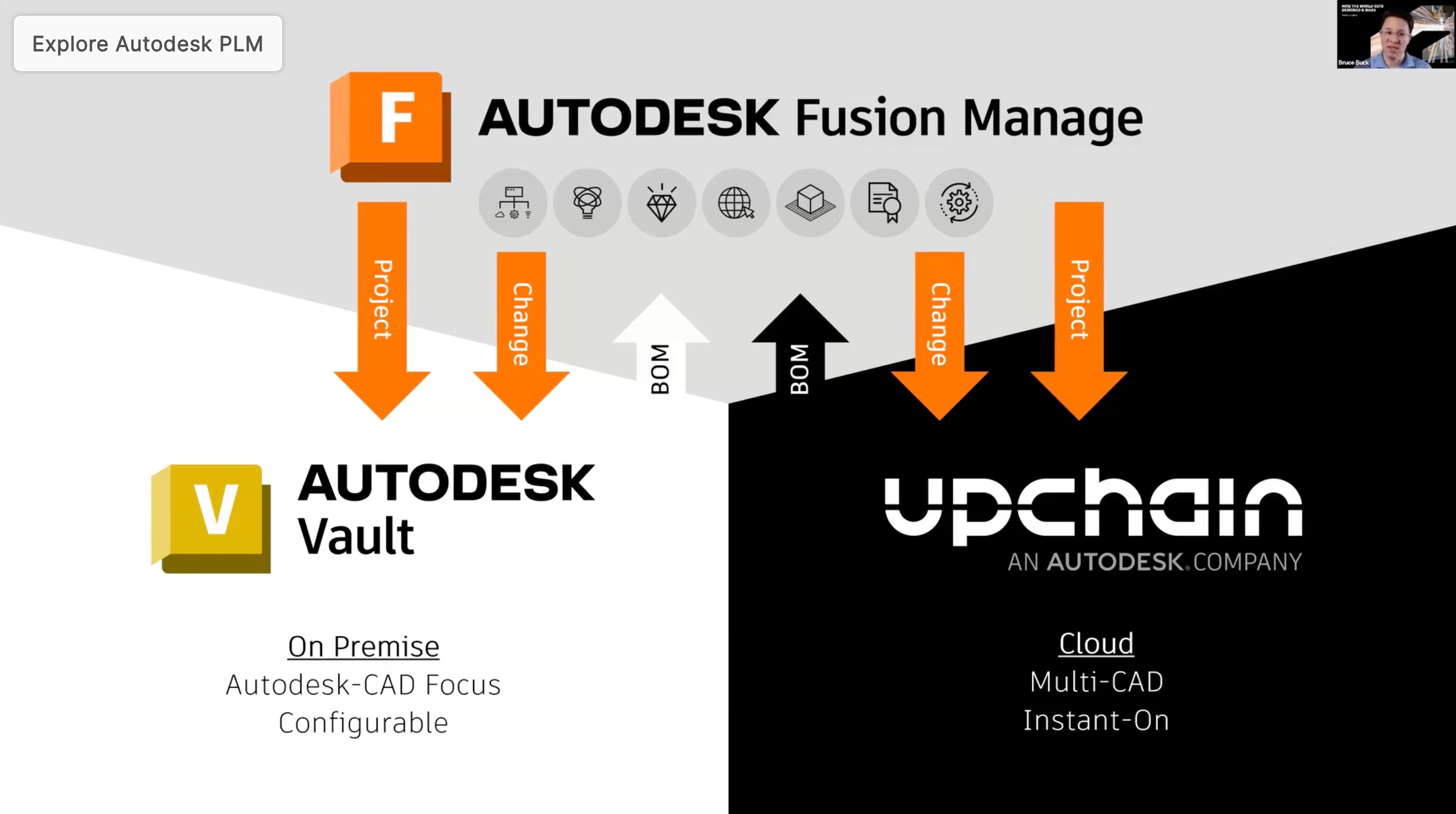
Autodesk New BOM
According to the information shared at AU2023 a new BOM (PLM) system in Autodesk Fusion360 is relying on Autodesk Platform Service, which represents a new cloud data management architecture. It is part of Autodesk Platform Service used by Autodesk Fusion360 (and other systems) to manage data, which is different from Autodesk Fusion360 Manage, Upchain and Vault.
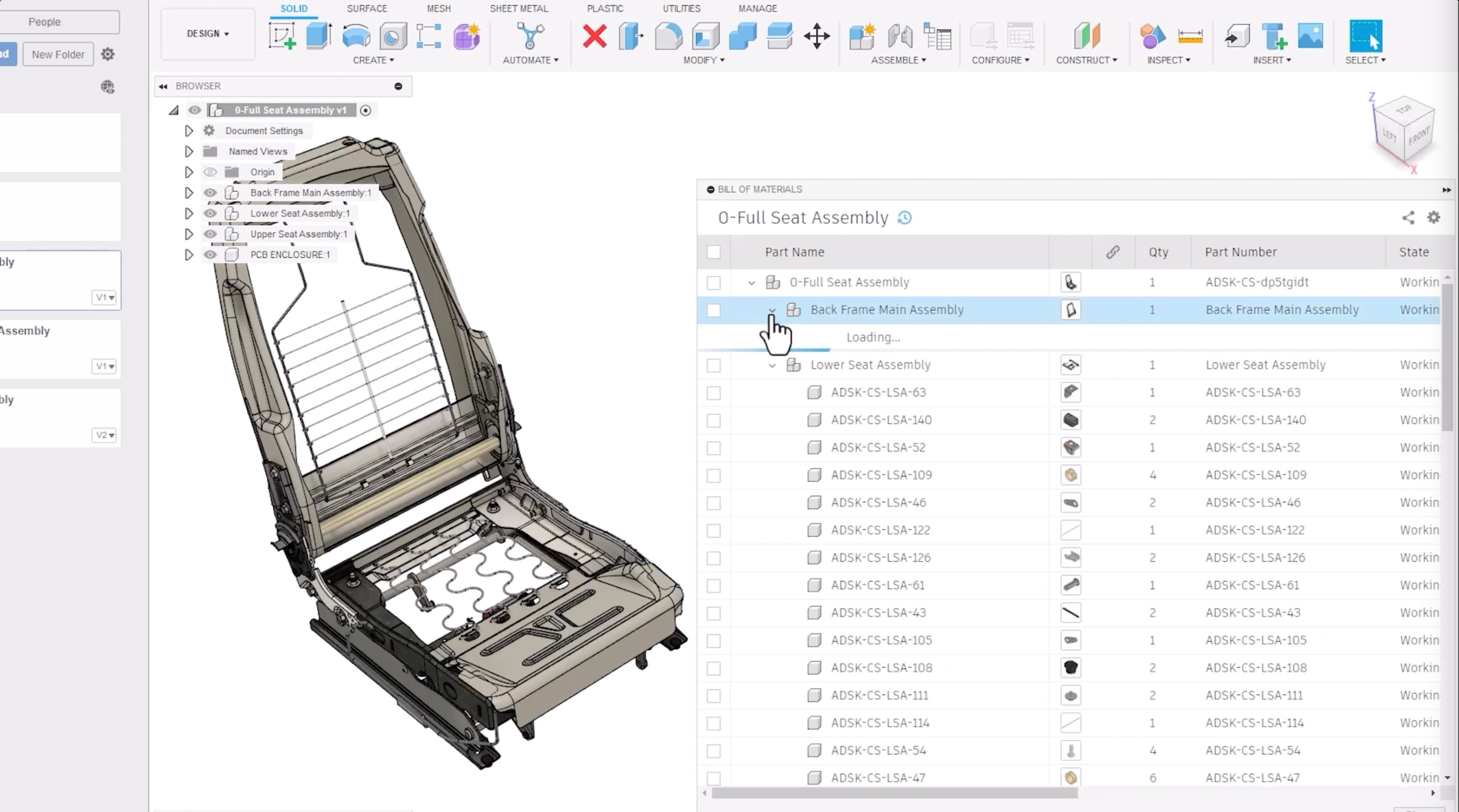
Check CIMdata commentary about AU2023 and new development of of Autodesk Platform Services and Fusion platform written by Stan Przybylinski, VP at CIMdata.
At last year’s AU, Mr. Andrew Anagnost, Autodesk’s President and CEO, announced the culmination of their Forge initiative, three industry-specific cloud platforms as shown in Figure 1: Autodesk Fusion for their Design & Manufacturing segment; Autodesk Forma for Architecture, Engineering, and Construction; and Autodesk Flow for Media & Entertainment.[2] Underpinning all three industry platforms is Autodesk Platform Services (APS), as shown in Figure 2.[3] From left to right, the figure shows Autodesk Fusion, Autodesk Forma, and Autodesk Flow.
During AU each year, Autodesk schedules Q&A sessions for the media and analysts in attendance. These invitation-only sessions often amplify topics only touched upon in the Keynote sessions. Mr. Derrek Cooper, Vice President of Cloud Data & PLM for Autodesk, reiterated an important point: Autodesk Fusion is a model for Autodesk Flow and Forma. The application of digital technology in manufacturing predates its use in those other industries.
One question that often comes up is: will Autodesk look to migrate Autodesk Inventor users to Fusion? Mr. Stephen Hooper, VP of Design & Manufacturing Product Development stated that it is more about complementary workflows. We saw this with generative design, for example, where the cloud powered generative design, with outputs moving seamlessly from Fusion to Inventor. At the same time, Autodesk is instrumenting Fusion to rapidly identify areas where users have problems.
What is my conclusion?
Autodesk has an interesting landscape of PLM system and platforms. One one hand, Autodesk is accelerating development of Autodesk Platform Services. It is a foundation of all Autodesk industry clouds – Fusion, Forma and Flow. On the other side, there are multiple PLM systems – Fusion360 Manage, Upchain, Vault with different capabilities and technological foundations. A new BOM announced by Autodesk promises to close a functional gap of Fusion360, but triggers a question about BOM functions in all other PLM applications. How all the data in multiple applications will co-exists? Will APS (Autodesk Platform Service) provide a mechanism to share and exchange BOMs between multiple applications?
I’d expect Autodesk to introduce new BOM function across all PLM systems, but at the moment it looks like only BOM for Fusion. A robust BOM management strategy is needed for Autodesk Platform Services available across multiple systems in manufacturing, mechanical design, electronics, BIM and construction. Will Autodesk use this pivotal moment to set a modern BOM management function using APS (Autodesk Platform Service) or will create another BOM function for Fusion360? It is an interesting question for Autodesk PLM and broad data management and platform strategy. Just my thoughts…
Best, Oleg
Disclaimer: I’m co-founder and CEO of OpenBOM developing a digital-thread platform with cloud-native PDM & PLM capabilities to manage product data lifecycle and connect manufacturers, construction companies, and their supply chain networks. My opinion can be unintentionally biased.









